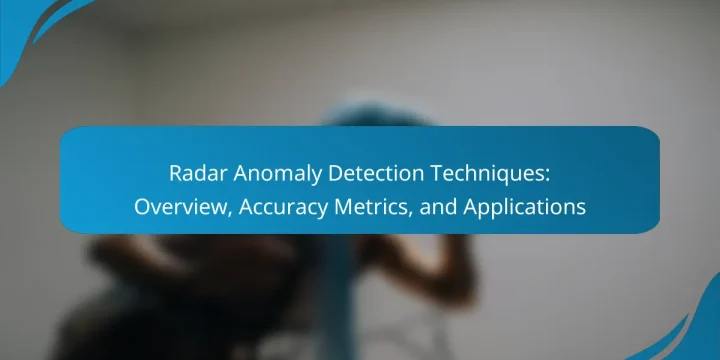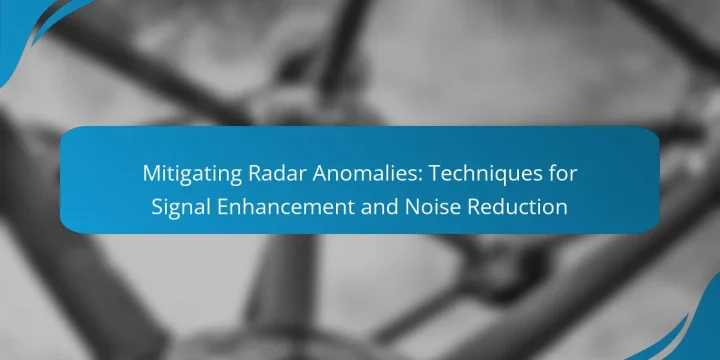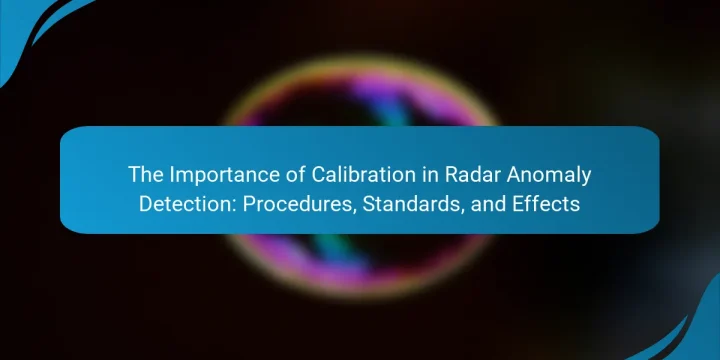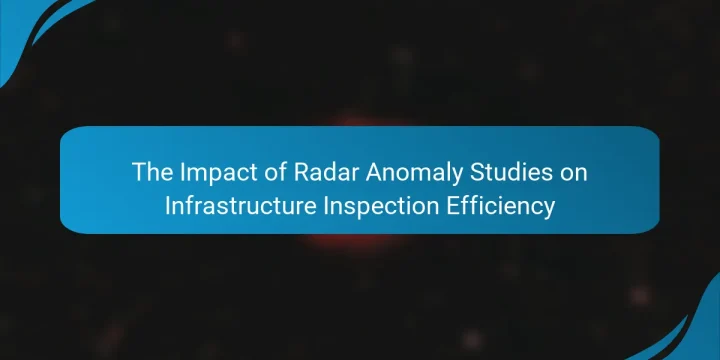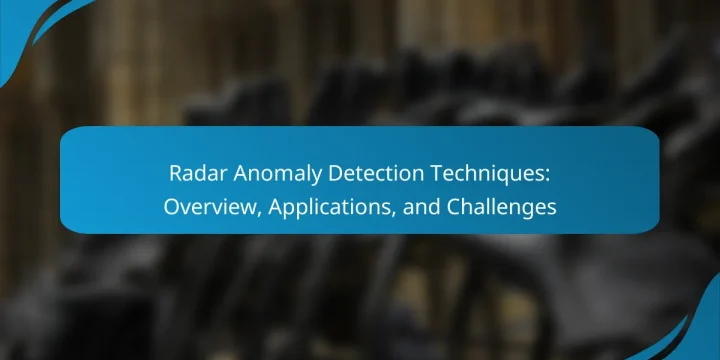
Radar anomaly patterns are irregularities in radar data that can signify unexpected objects or phenomena within a monitored area. This article explores the various statistical techniques, such as clustering, regression analysis, and time series analysis, used to analyze these patterns. It highlights the application of machine learning methods, including decision trees, support vector machines, and neural networks, for predicting radar anomalies. The discussion emphasizes how these approaches enhance detection accuracy and response times in critical situations, particularly in aviation safety. Additionally, it examines the effectiveness of ensemble methods in improving prediction rates beyond traditional techniques. What are Radar Anomaly Patterns? Radar anomaly patterns are irregularities detected in radar data. These patterns can indicate unexpected objects or phenomena in the monitored area. They often arise from various sources, including environmental conditions…




